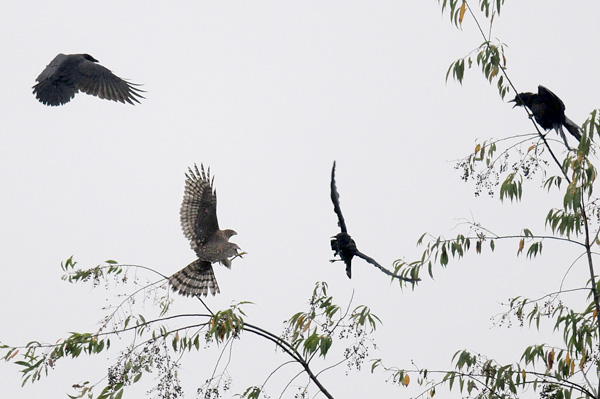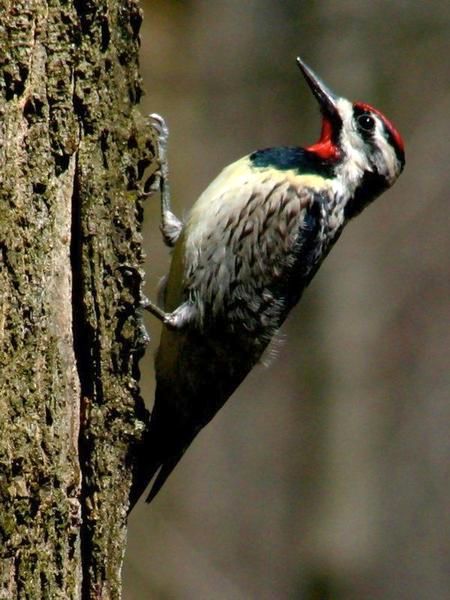
My husband and I spent the Thanksgiving holiday with my family in southeastern Virginia. I went birding several times while there and always saw a yellow-bellied sapsucker.
When I told my husband this was the Best Bird on my outings he remarked that it has the sort of name you’d invent for fiction. Imagine a British comedy in which a twitcher (the British name for bird watchers) arrives for tea and discusses the bird he wants to see on his trip to America. “Yellow-bellied sapsucker,” he says. Everyone laughs.
Weird as it seems this woodpecker is well named. Mostly black, white and red he has a yellow wash on his belly and he sips sap.
Sapsuckers drill horizontal rows of small holes in tree bark, then return to sip the sap that wells in them. On my walks in Virginia they chose southern pines for this meal. In Pittsburgh they seem to prefer maples.
Sap sipping alone would not have won my Best Bird award last weekend. What impressed me was the cavalier way that a sapsucker ate poison ivy berries, tossing them in the air and catching them in his beak.
Pretty cool bird … or was he imaginary?
(photo by Chuck Tague)
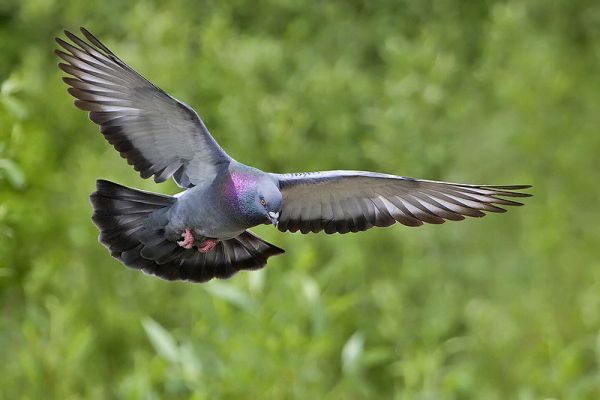
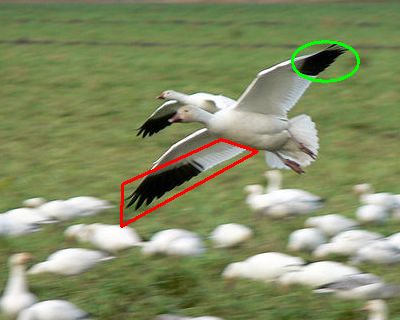 If you’ve been birding for a while you’ve probably heard, even used, the word “primaries” but the word remiges could be new to you. It was to me.
If you’ve been birding for a while you’ve probably heard, even used, the word “primaries” but the word remiges could be new to you. It was to me.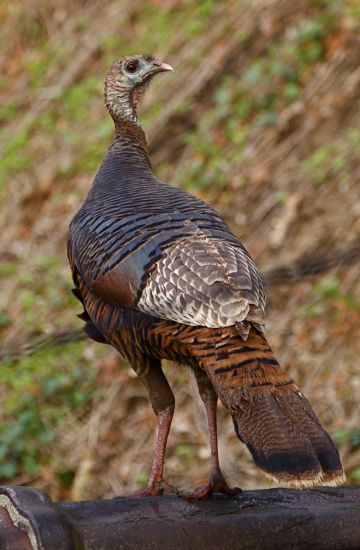
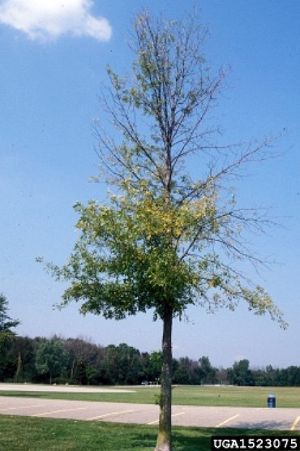
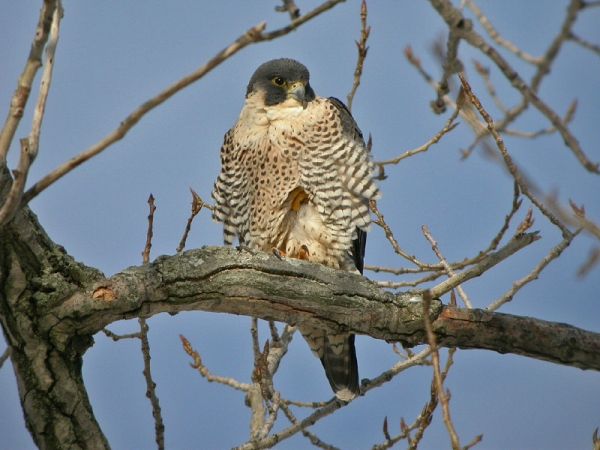
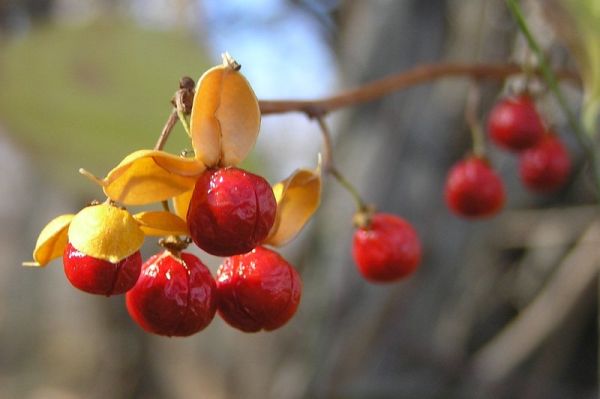
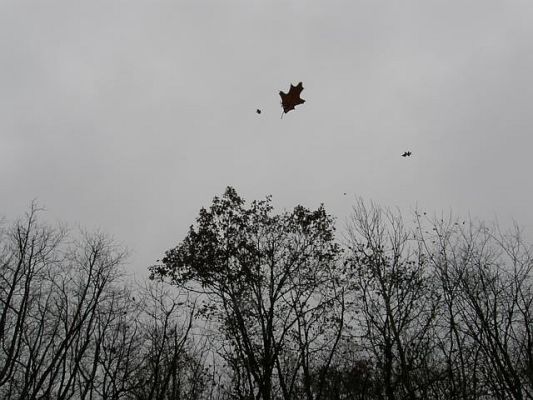
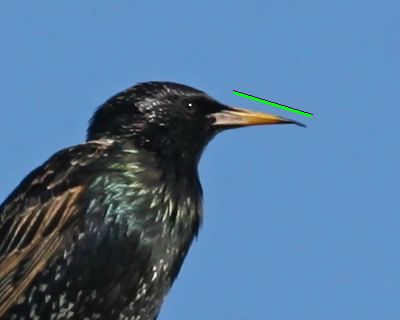 Winter is lousy for field work but it’s a good time to curl up with a book and learn something, so in that spirit I’ve decided to (finally!) learn more about bird anatomy.
Winter is lousy for field work but it’s a good time to curl up with a book and learn something, so in that spirit I’ve decided to (finally!) learn more about bird anatomy. 